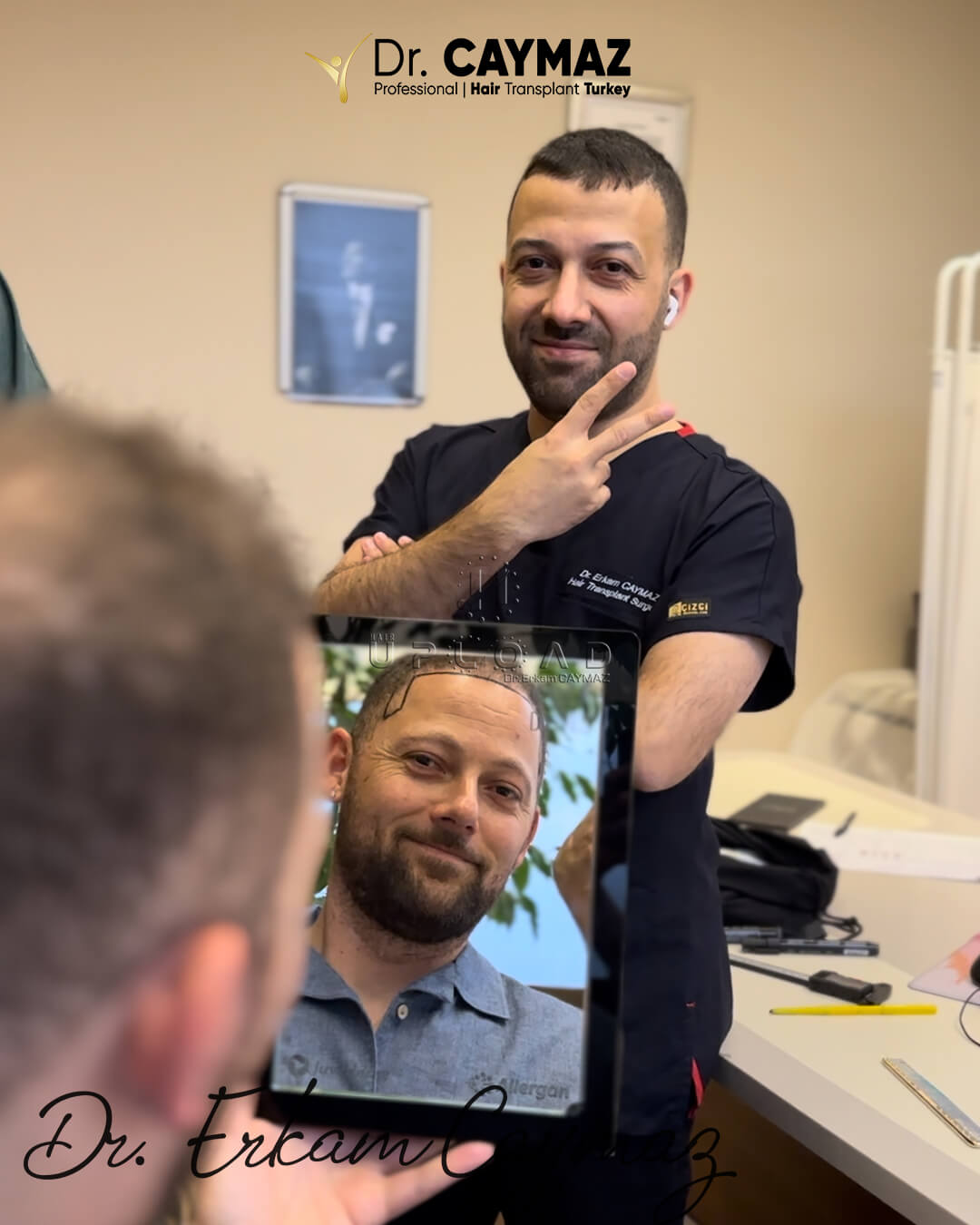Hair transplantation is a surgical procedure that moves hair follicles from one part of the body to another. It is a common treatment for male pattern baldness, but it can also be used to treat other types of hair loss, such as alopecia areata and cicatricial alopecia.
While hair transplantation can be a very effective way to restore hair growth, it is important to carefully plan the procedure in advance. This will help to ensure that the results are natural and aesthetically pleasing. Planning in Hair Transplantation is so important during hair transplantation.
Why is hair transplant planning important?
There are several reasons why hair transplant planning is important. First, it helps ensure that the surgeon chooses the right technique for the individual patient. There are two main hair transplant techniques, but we use FUE: FUE involves taking individual hair follicles directly from the back of the head and transplanting them to the bald area.
The surgeon will choose the best technique for the patient based on a number of factors, including the size of the balding area, the quality of the donor hair, and the patient’s preferences.
Second, hair transplant planning helps the surgeon know how many grafts will be needed to achieve the desired results. Grafts are small clumps of hair follicles that are transplanted to the bald area. The number of grafts needed depends on the size of the balding area and the desired density of the transplanted hair.
Third, hair transplant planning helps ensure that the surgeon knows how to shape the hairline. The hairline is one of the most important factors in determining the natural look of a hair transplant. The surgeon will work with the patient to design a hairline that is flattering and age appropriate.
How is hair transplant planning done?
Hair transplant planning usually begins with a consultation between the patient and the surgeon. During the consultation, the surgeon will evaluate the patient’s hair loss and discuss the patient’s goals for the procedure. The surgeon will also examine the patient’s donor area to determine how many grafts are available and which technique is best for the patient.
Once the surgeon has a good understanding of the patient’s needs, they will develop a hair transplant plan. This plan will include the following information:
- The number of grafts needed
- The hair transplant technique that will be used
- The design of the hairline
- The placement of the grafts
The hair transplant plan will be discussed with the patient in detail before the procedure. The patient should feel free to ask any questions they have and to make any changes to the plan that they feel are necessary.
Conclusion:
Hair transplant planning is an essential part of ensuring that the results of the procedure are natural and aesthetically pleasing. By taking the time to carefully plan the procedure, the surgeon can help the patient to achieve their desired hair goals.






